We all know how addictive running can be. It starts with an innocent parkrun, you progress to a half marathon, a marathon, maybe even an ultra. Then, before you know it, you’re eyeing up those multi-day adventures. This is where fastpacking comes in.
But the leap to multi-days can be a big one. Previously you were only worrying about how to train, what to wear and eat for one day of running. With fastpacking, you also need to think about sleeping bags, navigation, the merits of budget brand blister plasters over Compeeds...
And while you can arguably just about blag your way through a one-day race, that approach isn’t going to work for a few days in a row. You need a tried and tested plan. Plus, plenty of race-specific endurance training to complete and enjoy your chosen event or route.
Fastpacking is an excellent way to get in those miles as part of our Run 1000 Miles Challenge. Here we share advice from Kirsty Reade, ultra running expert and 315km Dragon’s Back finisher.
What is fastpacking?
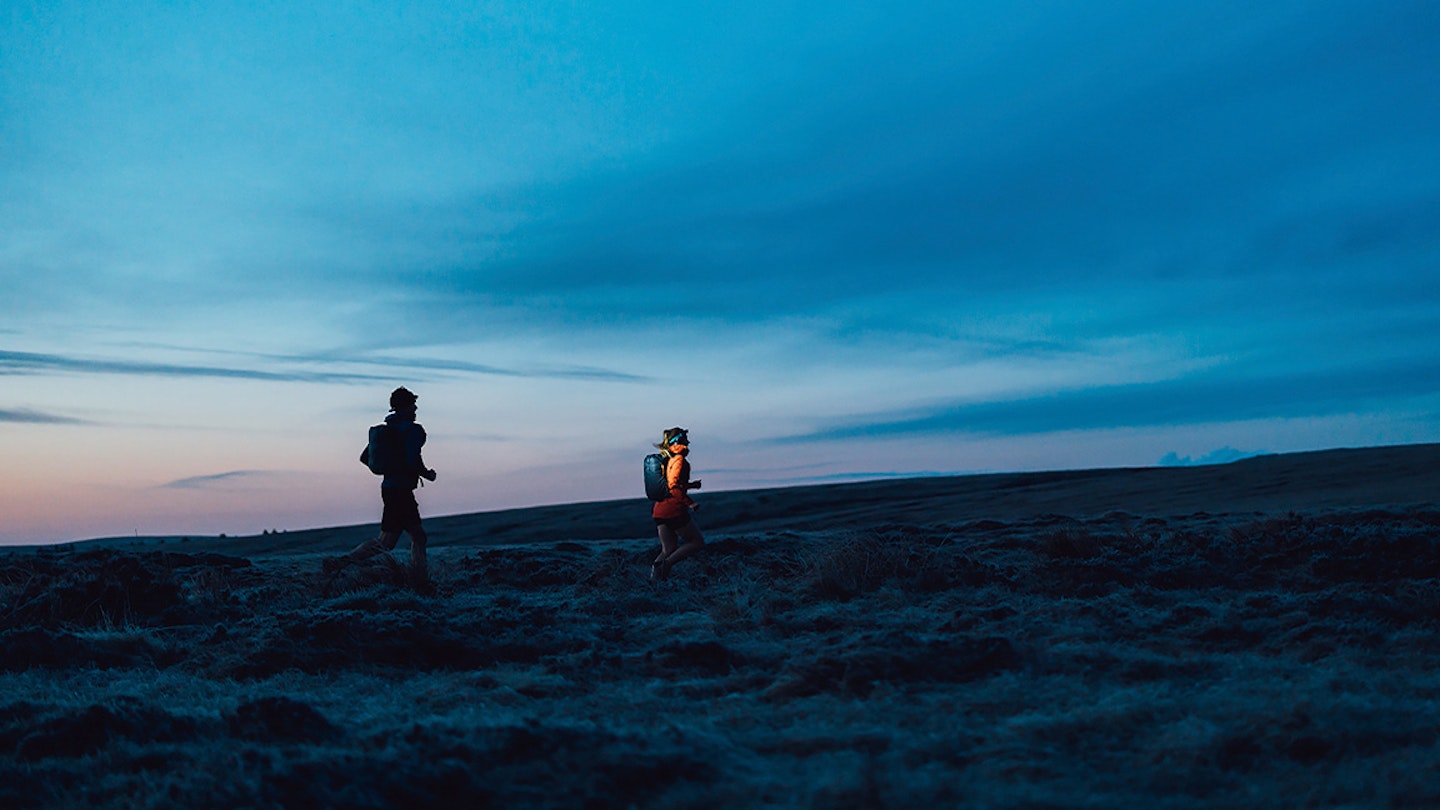
Fastpacking is a mash-up of running and lightweight backpacking. Typically spanning over several days, fastpacking is a way to explore an area or complete a multi-day running race completely self-sufficiently.
So, what is the difference between fastpacking and hiking? The main way in which the two differ is that fastpacking involves some running, while hiking is purely walking, even if it's ultralight and no-frills hiking. To fastpack, you’ll be running flat stretches and non-technical downhills, and walking up inclines to conserve energy.
You’ll want a much lighter set-up than you would have for hiking. Here, and a good pair of trail running shoes is key. We get more into the gear considerations below.
To complete long running routes or endurance events that require multiple days of running, you’ll need to refine your fastpacking abilities. This includes specific training and gear to get you to the finish line.
How do you train for fastpacking?
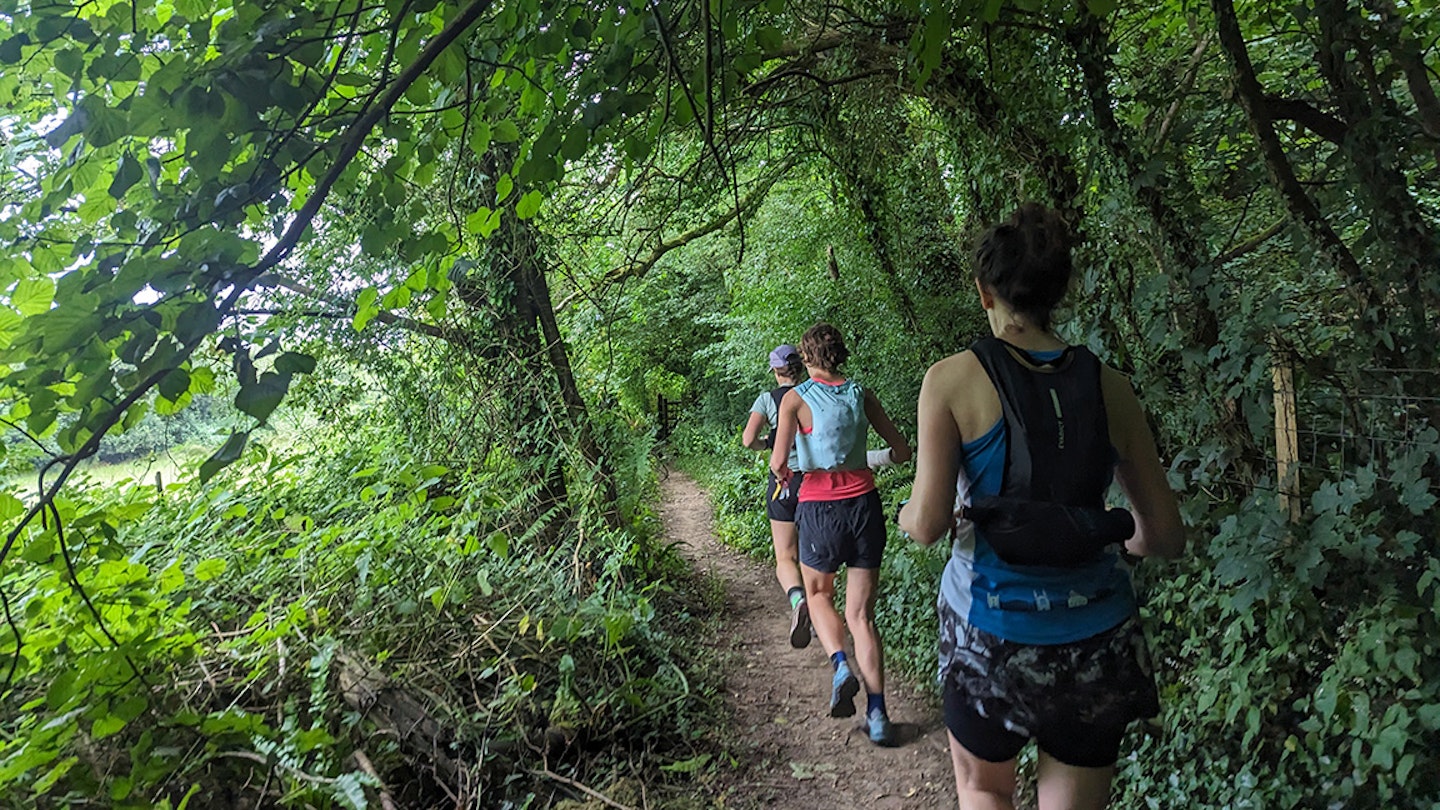
Once you’ve picked your event, you should be asking yourself how do you train for it? How can you prepare your body for day after day of physical stress and fatigue? And how do you make sure you don’t succumb to overtraining?
Long days out and back-to-back runs will be key components of your training, but it’s important you build up to them and don’t overdo it. Spending time training on similar terrain to your race (or the actual route) is important, too. If your race will involve five long days in the mountains, you might want to try two longer days back-to-back on similar terrain.
This will allow you to get used to running on fatigued legs, without reaching that point of diminishing returns that might be the result of doing four days back-to-back. Another approach could be to work up to a week of doing two or three hour-long runs per day. As with anything though, the gentle build-up to increased mileage is essential to avoid injury.
As you’ll likely be doing some fast hiking during you fastpacking adventure, it’s important that you also train get the legs used to switching between sections of running and fast hiking, especially for uphill sections.
You may also need to brush up on some skills, the most likely being navigation. Being confident with this can save you a lot of time in the race, and keep you safe if the weather closes in.
Fastpacking: Advice from the experts

Robbie Britton and Natalie White, elite runners and coaches, give us their top tips for multi-days.
Race route: Look at the course profile, read blogs, watch videos. Then, plan your training so it specifically mimics the challenge ahead.
Nutrition: Get familiar with your food for long-distance running. Before running the Arctic Ultra in Sweden, Robbie tested his food in the freezer. It’s no good to you if it’s rock solid, or will melt in the heat during a hot race!
Gear-up: Get the right kit for the race and train with it beforehand When Natalie did Tor des Geants, she made sure her kit was fit for the task. A super lightweight waterproof is great, but if it won’t keep you dry day after day it isn’t up to a multi-day.
Stay energised: Don’t scrimp on food! Some people save pack weight by taking less food, but are happy to carry an extra battery pack so they can Instagram their way round. The race is more important than social media and you’ll have a better race with enough food!
Comfort is key: This refers to all your kit, but especially your running shoes. Sore feet will ruin any adventure, so talc them dry each night. Also, fresh running socks don’t weigh much but will make a big difference.
How do you pack for fastpacking?
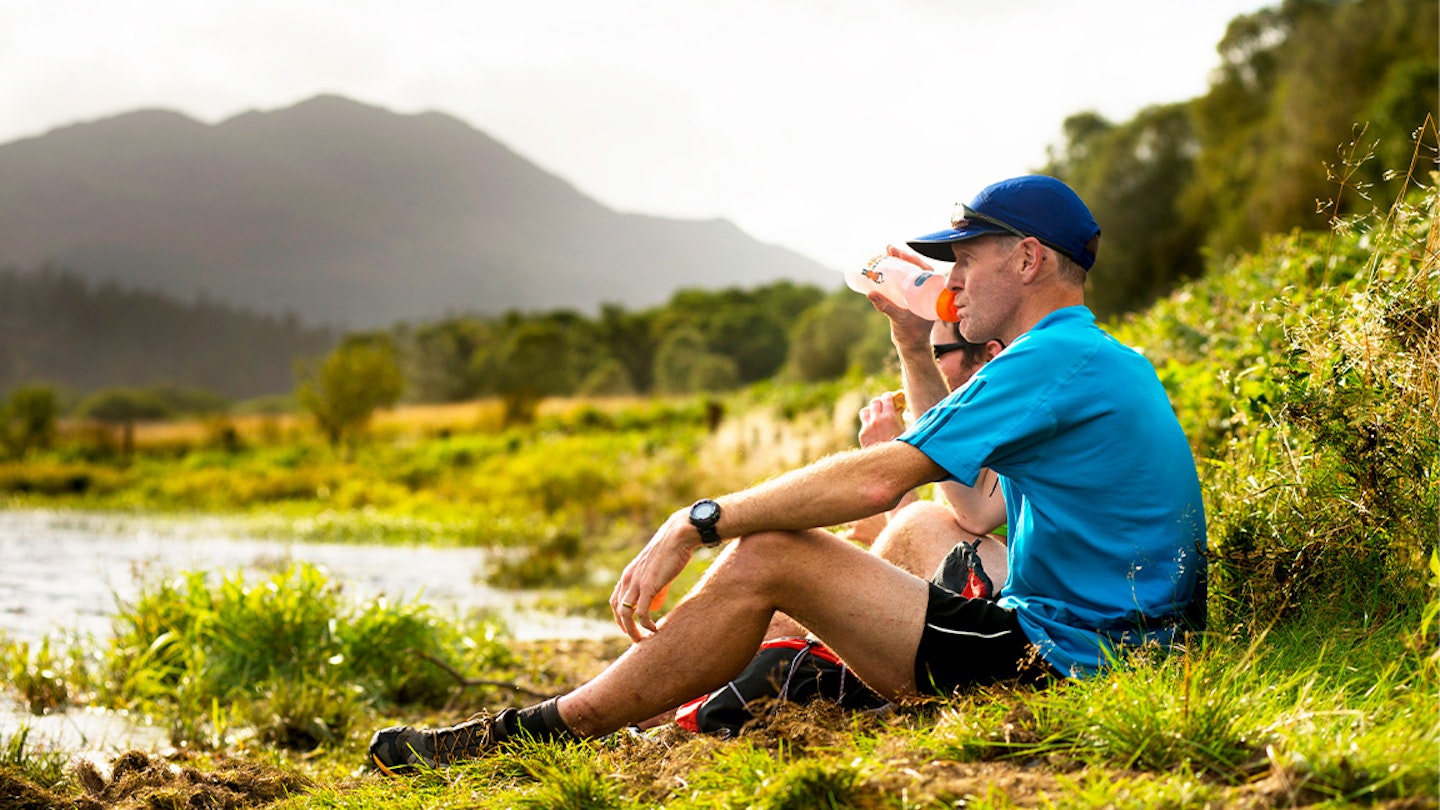
The other big preparation point for fastpacking is kit. Key items like a reliable waterproof running jacket, a running backpack that won’t jiggle or chafe, and ultra trail running shoes which you know won’t give you issues even after many hours need to be tried and tested.
But what about items like a decent sleeping bag, camping mat and earplugs to ensure a good night’s sleep, a blister kit to help keep feet in good shape, or insect repellent? The list will grow; careful consideration and selection are required.
For the event itself the main thing is self-management. This divides into so many categories: feet, recovery, food, hydration, kit, managing niggles. But the common theme for all is ‘be proactive.’
Eat early on each run, keep eating and then, when you finish, eat more! Don’t be the runner hobbling round camp with blisters; deal with hotspots as they arise. A few minutes spent putting a blister plaster on could keep you in the race.
How far is a fastpack?
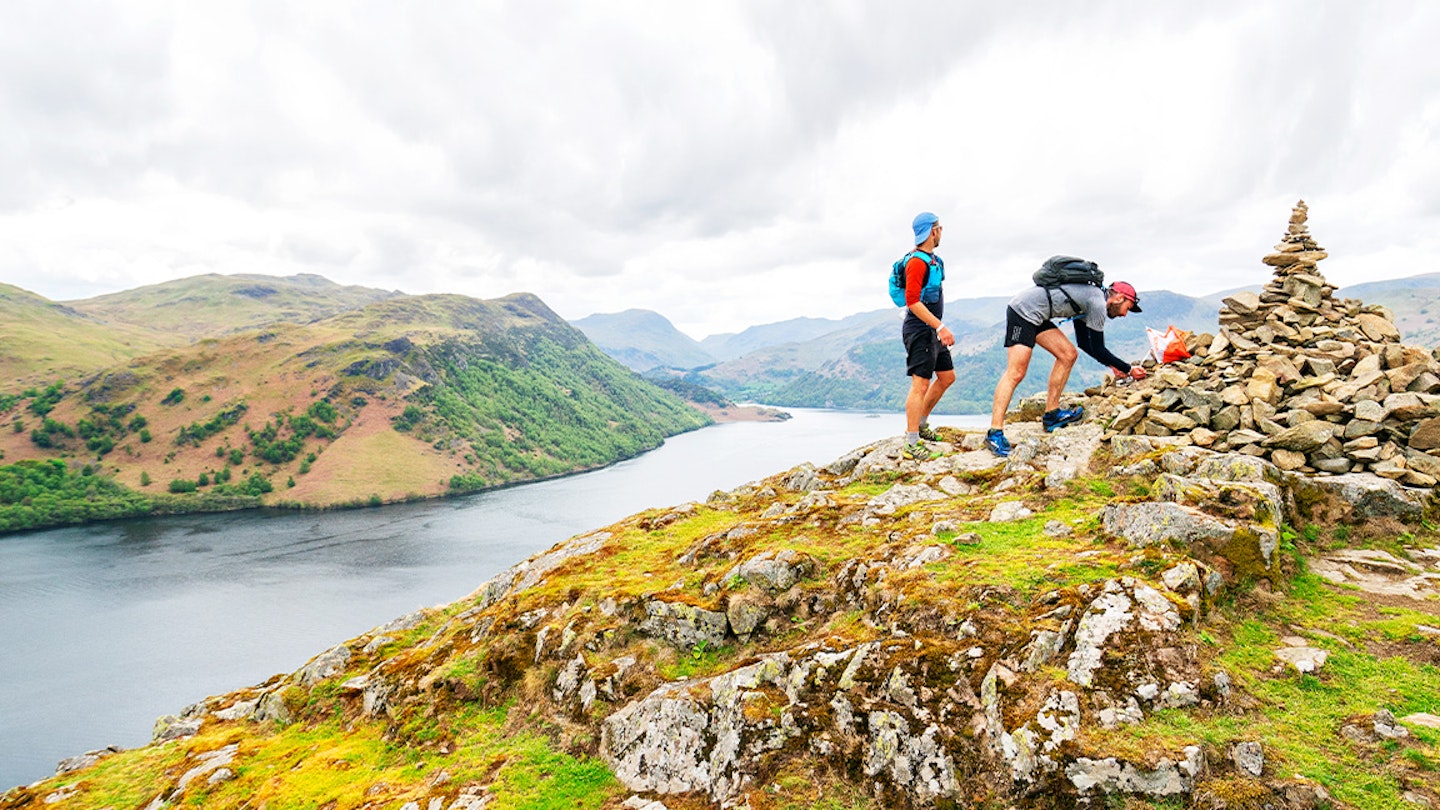
A fastpack can be any duration or distance that you choose, but typically the fastpacking set-up will benefit a multi-day running adventure or race. A fastpack will normally cover ultra-distances over 42km and across multiple days. To pin-point the distance, the first thing you should decide on is your chosen route or race.
So, where do you start? If you’re choosing your first multi-day event, The Scarpa Great Lakeland 3 Day in May, is one of our favourites. Firstly, it’s three days, so you can dip your toe in the water without going a full week in the wilderness.
Secondly, it’s designed to allow you a certain level of ‘luxury’. The organisers transport your overnight kit (tent, sleeping bag, mat, cooking equipment, etc) for you, so you only have to carry your running pack. This is unlike most mountain marathons and some multi-day ultras where the whole lot has to be carried on your back, leading to tricky kit compromises.
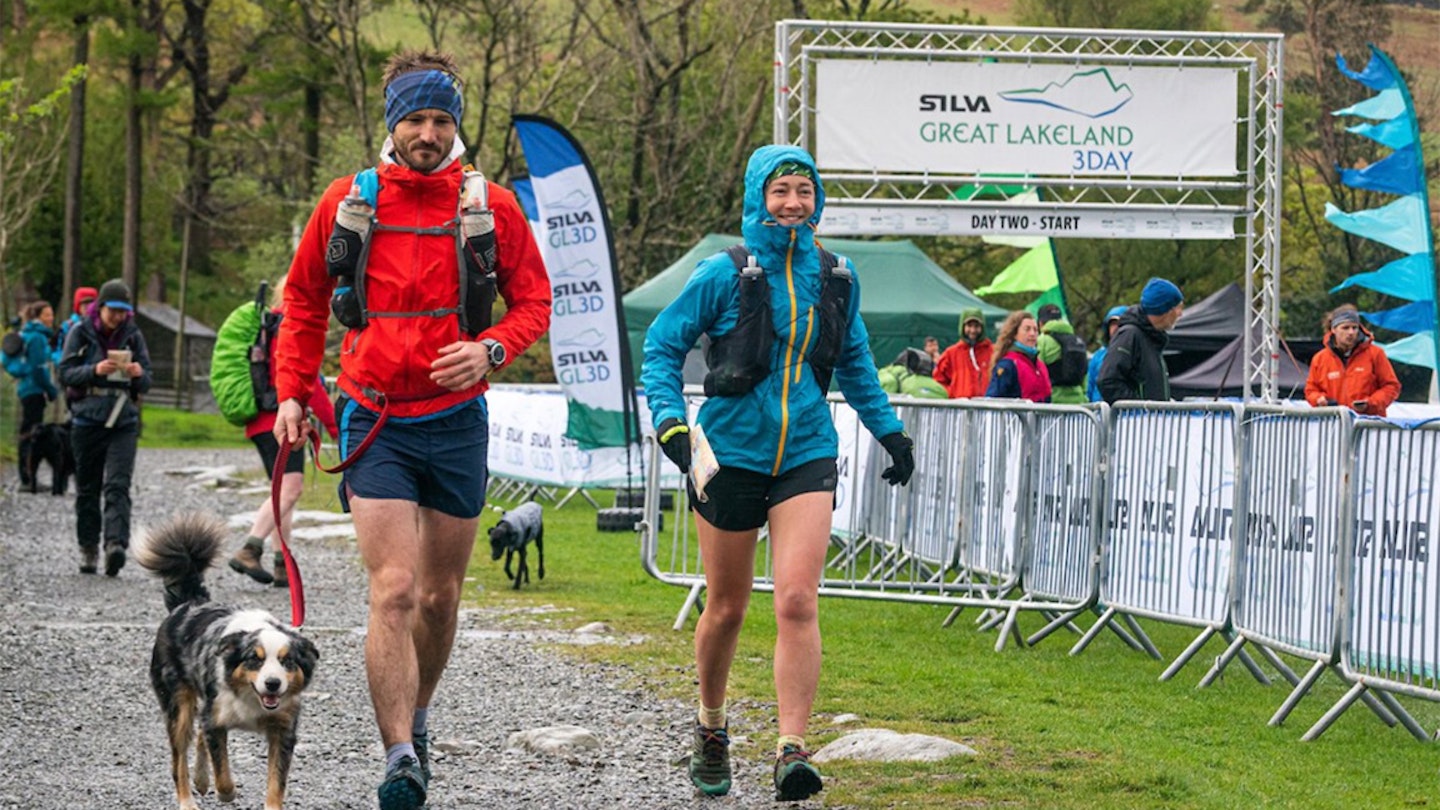
There’s also a huge amount of flexibility at the event, with three courses, from around 20km and 1000m of ascent per day to around 45km and 2500m. The smallest course (dubbed the ‘café’ course because one checkpoint is at a café each day) is designed as an introductory multi-day for runners or even walkers with some basic navigation skills.
This is fantastically inclusive, and it means you can use it as a stepping stone to other races, or just as a great weekend of running in its own right. The two longer courses, Wainright and Expert, will test any runner, but can also be used to hone navigation and mountain skills. Whatever your level, it is a fantastic event to prepare for any type of multi-day. There's also lots of other fantastic trail running destinations to choose from in the UK.
Why you should give fastpacking a go
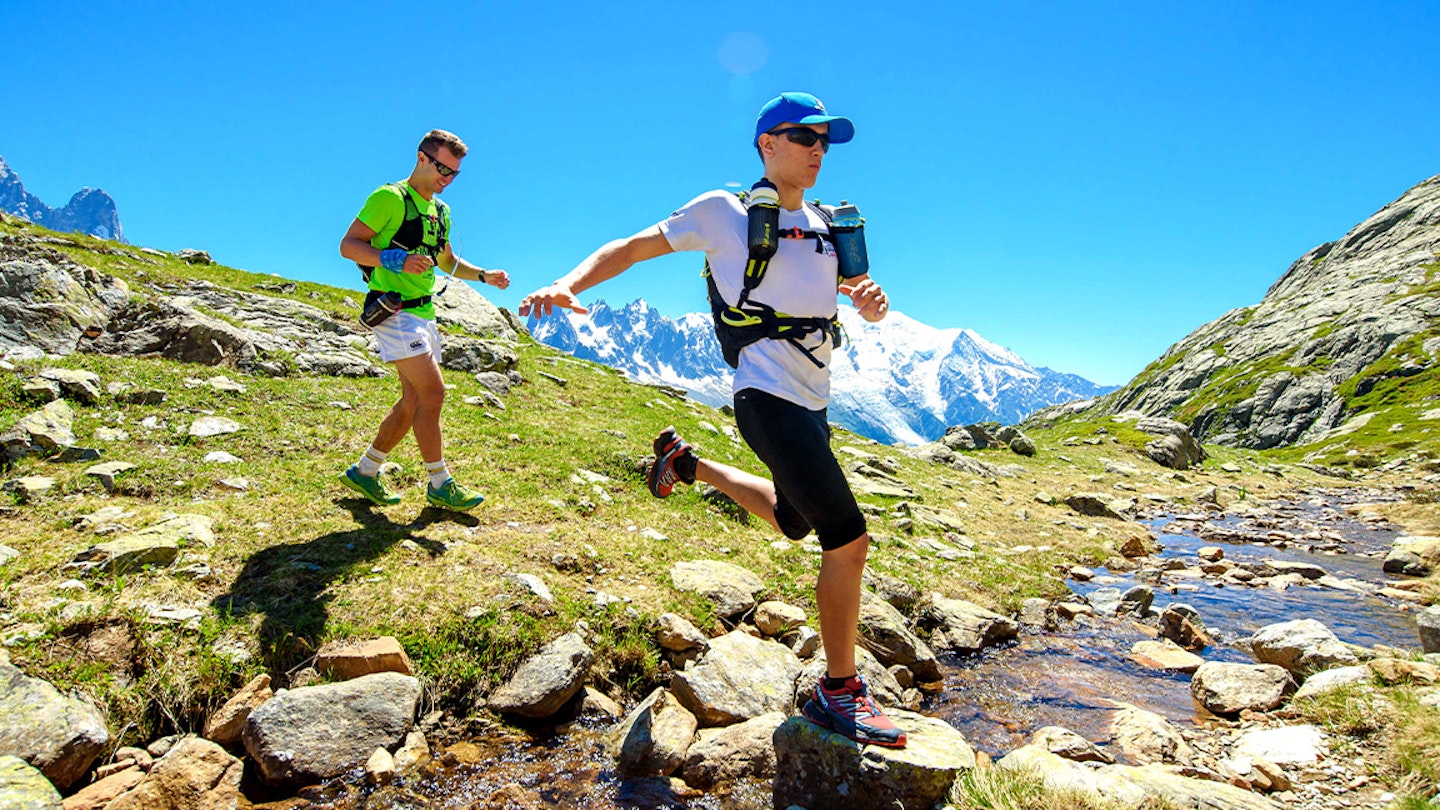
The great thing about multi-days is you do fall into a routine pretty quickly, so get it right and you will reap the rewards. Get up, eat breakfast, pack up kit, fill bottles, run all day, back to camp, change, refuel, sort out kit for the next day, rest.
It’s a simple existence and each day you get slightly more efficient. You can learn new skills to take you on new adventures in your running and you can even learn things about yourself.
For instance, do you really need to wash every day or will a cursory swipe with a wet wipe suffice? Are clean clothes absolutely necessary on such a regular basis? Do you really need to check social media so often?
Most of all, multi-days teach you the power of rest. You can cross that day’s finish line completely spent, crawl into a tent thinking, ‘there’s no way I’ll be able to run tomorrow’ only to find that, when the next day dawns, you feel ready to go again!
This article is brought to you by the official Trail Running Run 1000 Miles Challenge.

